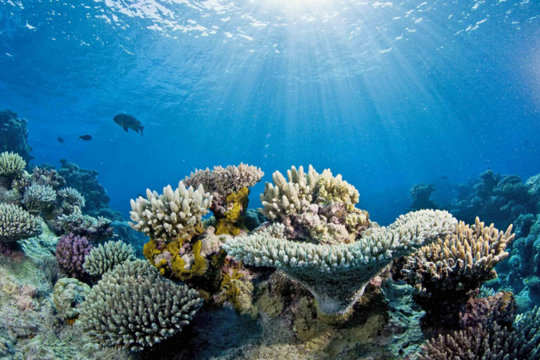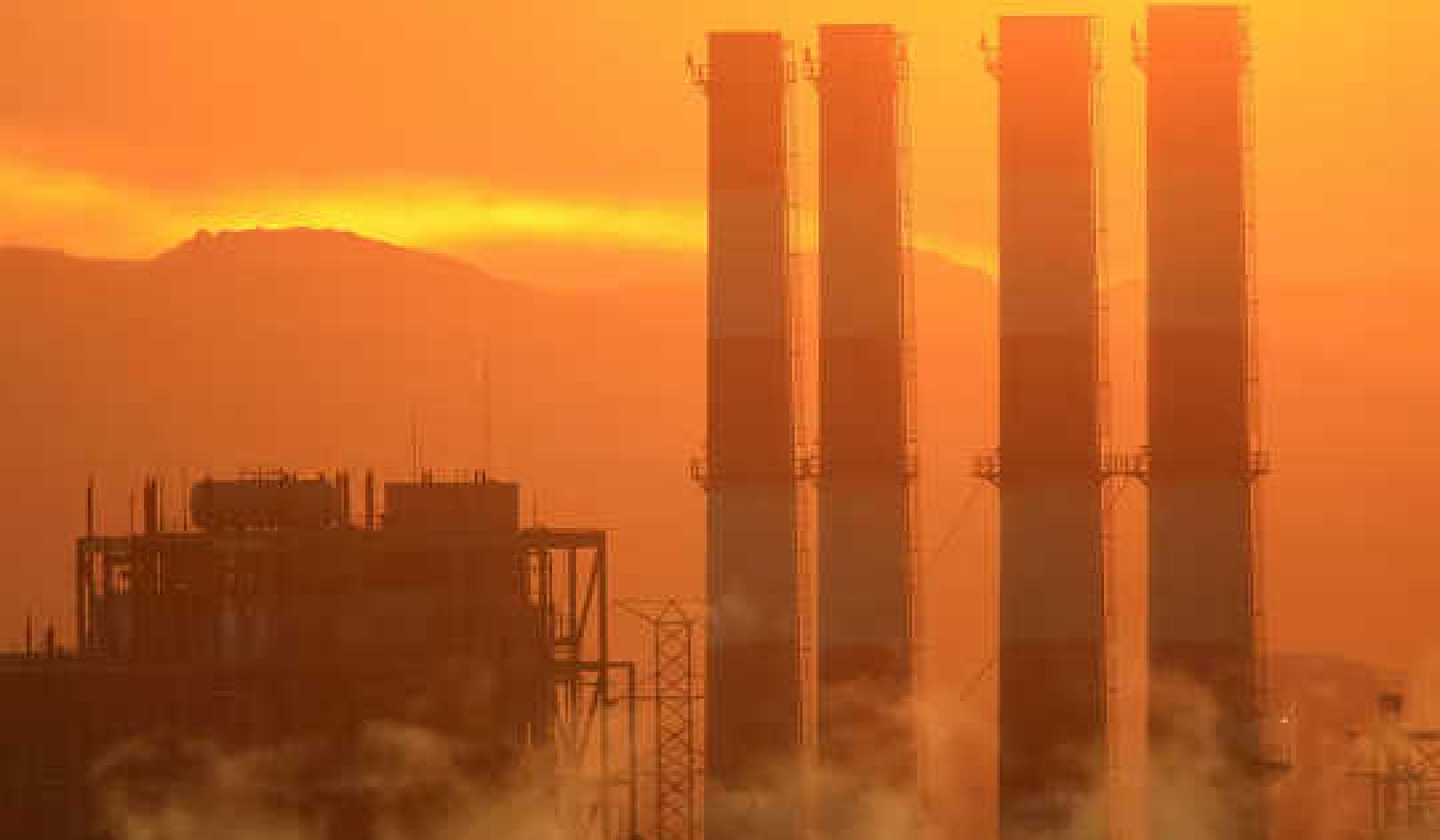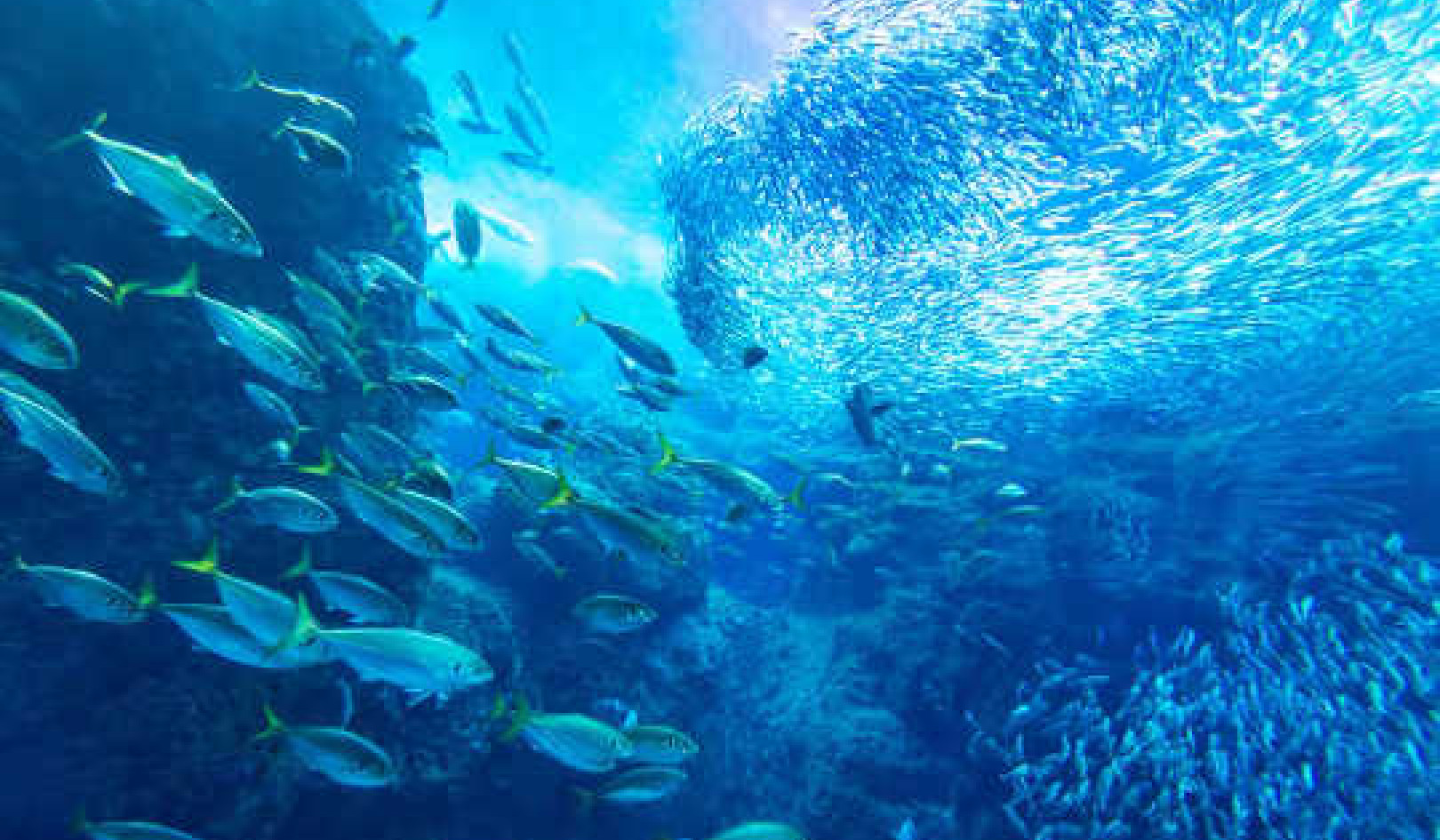
Catlin Seaview Survey Underwater Earth
On a sunny day in Sydney Tim Flannery, former Australian of the Year, appeared on a panel of international journalists convened to discuss the reporting of climate science. Kerry O’Brien kicked things off by asking about the prognosis. Flannery said he wouldn’t answer until the young people at the Sydney Opera House had been given a chance to leave. Things were so dire he feared for their mental health.
My first reaction was that Flannery had developed a taste for the theatrical. No. In the conversation that ensued it became clear that the world cannot avoid 1.5 degrees of warming and the devastating damage that entails, and many far worse scenarios were in play. Flannery’s deep anger and distress was palpable. He said that once he’d viewed climate sceptics with the same indulgence you might afford an eccentric uncle, but now the gloves were off. Deniers were destroying the lives of our children.
Many countries are gripped by policy paralysis, he said, Australia chief among them. And journalism has utterly failed to convey the urgency and magnitude of the problem. Kyle Pope, the editor and publisher of Columbia Journalism Review, told the Antidote festival audience that in 2018 the major TV news networks in the US aired just two and a half hours of climate coverage. In the three prime-time US general election debates in 2016 there was not a single question on the topic.
So how do responsible journalists sound the alarm without sounding alarmist? At The Conversation we are committed to bringing you the voices of scientists and researchers who understand the evidence. We think the proper role for journalism is to provide the clean information that is the lifeblood of democracy. But we also understand it’s vital that these messages gain traction beyond the academic communities from which they emanate.
 The Conversation’s Energy + Environment editor Nicole Hasham.
The Conversation’s Energy + Environment editor Nicole Hasham.
With this in mind we have recently appointed a new editor to lead our coverage of Environment & Energy. Nicole Hasham is a Walkley Award-winning journalist who for the past four years has been based at Parliament House covering environment and energy for the Nine/Fairfax newspapers.
Nicole will remain in the Canberra press gallery for The Conversation, bridging the gap between policymakers and scientists, and promoting a more informed discussion based on evidence and solutions. She will work alongside the deputy section editor Madeleine De Gabriele and will build on the work of her predecessor Mike Hopkin, who is now our Science and Technology editor.
The Conversation Australia has also joined more than 170 other media outlets in an initiative called Covering Climate Now, co-founded by the Columbia Journalism Review and The Nation. The idea is to provide a single week of dedicated high quality coverage of climate change ahead of the United Nations Climate Action Summit in New York on September 23.
We see this as the beginning of a new phase in our climate coverage, a vital conversation between scientists and politicians. We don’t want to be alarmist, but if Flannery and the scores of scientists who share his view are right, we are sleepwalking toward disaster. We cannot rest until the scientists are being heard, and solutions are in place that can provide a secure future for all our children.![]()
About The Author
Misha Ketchell, Editor & Executive Director, The Conversation
This article is republished from The Conversation under a Creative Commons license. Read the original article.

Related Books:
The Future We Choose: Surviving the Climate Crisis
by Christiana Figueres and Tom Rivett-Carnac
The authors, who played key roles in the Paris Agreement on climate change, offer insights and strategies for addressing the climate crisis, including individual and collective action.
Click for more info or to order
The Uninhabitable Earth: Life After Warming
by David Wallace-Wells
This book explores the potential consequences of unchecked climate change, including mass extinction, food and water scarcity, and political instability.
Click for more info or to order
The Ministry for the Future: A Novel
by Kim Stanley Robinson
This novel imagines a near-future world grappling with the impacts of climate change and offers a vision for how society might transform to address the crisis.
Click for more info or to order
Under a White Sky: The Nature of the Future
by Elizabeth Kolbert
The author explores the human impact on the natural world, including climate change, and the potential for technological solutions to address environmental challenges.
Click for more info or to order
Drawdown: The Most Comprehensive Plan Ever Proposed to Reverse Global Warming
edited by Paul Hawken
This book presents a comprehensive plan for addressing climate change, including solutions from a range of sectors such as energy, agriculture, and transportation.





















